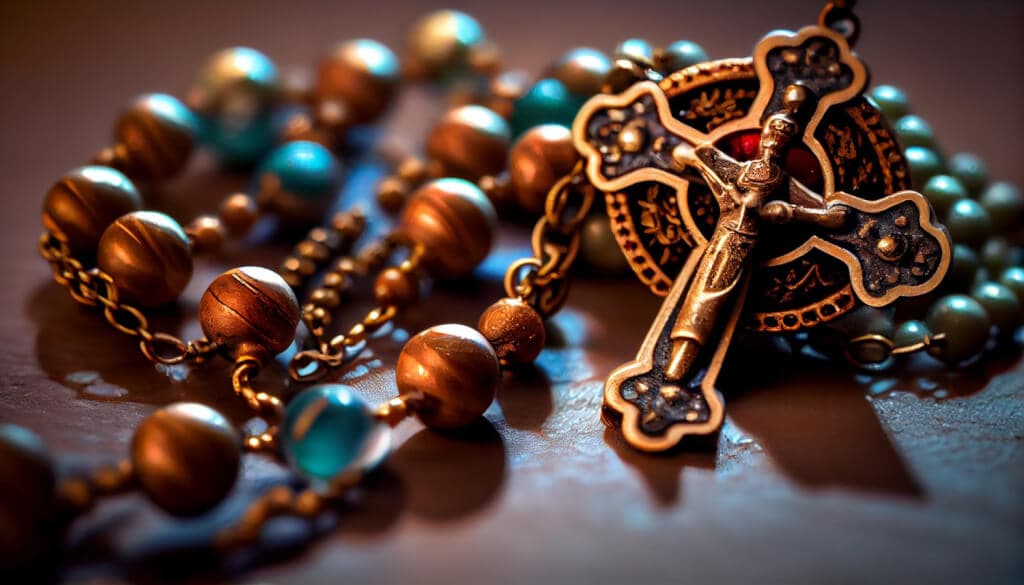When it comes to the Supreme Court, religious diversity among its justices is a hot topic. It’s like a melting pot of different beliefs, shaping the nation’s legal landscape. Some try to find a connection between the beliefs of the justices and the beliefs of the population. But is there a connection?
Let’s dive in and uncover the number of Catholic justices in the Supreme Court, exploring their historical significance and the impact they’ve had on major decisions (if any). Buckle up and keep reading!
Historical Overview
Let’s hop on an imaginary time machine and fly back to the early days when the Supreme Court was only created. The event took place on March 4, 1789, after the adoption of the Judiciary Act. Originally, the Court was composed entirely of Protestants, all of whom were white men, and this homogeneity, of course, raised eyebrows and sparked debates among the people.
In the early years of the Court, religious diversity was virtually nonexistent. The justices, being predominantly Protestant, mirrored the dominant religious group in the young nation. The prevailing social and cultural norms of the time contributed to this religious uniformity. However, as the US grew and evolved, so did the composition of the Court.
The first notable shift in religious representation came in 1836 when Roger B. Taney, a Catholic, was appointed as an associate justice. Taney’s appointment as the first Catholic justice was a significant milestone, breaking the religious barrier that had prevailed for almost five decades. It marked a turning point in the Court’s composition and opened the doors to religious diversity.
Current Composition
Fast forward to 2023, and the Supreme Court is nothing like the one it was in the 18th century. Today, it boasts a diverse lineup of nine justices, namely Ketanji Brown Jackson who’s only recently joined the Court, Elena Kagan, Sonia Sotomayor, John Roberts, Brett Kavanaugh, Clarence Thomas, and Amy Coney Barrett.
So, how many of them identify as Catholic? Let’s zoom in and get the scoop.
Until this summer, there were two Jews at Court, Elena Kagan and Stephen Breyer. However, with the replacement of Stephen Breyer, the court gained a nondenominational Protestant in Jackson, making her the second Protestant on the bench alongside Neil Gorsuch. The rest? As you have guessed, the other six justices are Catholics.
In percentage terms, this makes the representation of Catholics in the court predominant. However, this predominance in no way reflects the religious beliefs of the population, as it’s been discussed. In fact, the opposite is true: only 22% of adults are brought up as Catholics. The remaining 78% are non-Catholic Christians, Protestants, or “nones”.
You might have noticed that one constituency is missing on the court – “nones”, which is surprising given that many young people now don’t identify with any religion. This new trend has gained momentum in recent years, reflecting the changing religious landscape of the United States.
At the same time, while there are no representatives who self-identify as “nones”, Jackson’s non-denominational religious identity provides some level of diversity in terms of religious affiliation on the Supreme Court.
Factors Affecting Representation
Now the question is, does religious affiliation affect representation in court? Is this one of the determining factors in the selection process? Well, the answer is “yes” and “no”.
Officially, it is stated that the religious affiliation of justices is not taken into account during appointments to the Supreme Court. The selection process primarily focuses on factors like geographic diversity, ensuring a balanced representation from different regions of the country.
However, it’s important to recognize that religion has occasionally surfaced as an issue throughout history. For instance, in 1929, when nominating Benjamin Cardozo, President Hoover was quite worried about having two Jews on the court as much as he didn’t like the idea of having three justices from New York.
This incident demonstrates that religion, despite what official statements may suggest, can sometimes subtly influence the appointment process.
Impact of Catholic Justices
It’s also interesting to take a look at the impact that Catholic justices have had on the court’s decisions. Although religion shouldn’t dictate how the justices interpret the law, when they claim that their decisions are made by the majority, knowing who the “majority” is, naturally gives food for thought.
However, is there actually any “food” to think about? Or is it just one of the fears brought by the bigotry camp? To shed light on this matter, a study conducted by Lee Epstein and Eric Posner provides valuable insights.
Epstein and Posner analyzed a vast dataset of Supreme Court cases and explored potential correlations between justices’ religious backgrounds and their voting patterns. Their study revealed that Catholic justices do not vote as a bloc or exhibit a unified approach to decision-making. In fact, the study found the influence of Catholicism on voting behavior is minimal.
This research indicates that justices, regardless of their religious affiliation, primarily base their decisions on legal principles, constitutional interpretation, and their own judicial philosophies. While personal beliefs may inform their perspectives, it is the law and the Constitution that serve as the primary guiding factors in their decision-making process.
Summary
Religious diversity among Supreme Court justices is a topic of great interest and debate. The current composition of the court includes a significant number of Catholic justices, which is disproportionate to the religious demographics of the United States.
At the same time, it’s not religion that is taken into account when appointing justices. First and foremost, the focus goes on the geographical background, ensuring that representatives come from all parts of the country.
Even so, we should say that Catholic justices have had a notable impact on the Supreme Court, contributing to major decisions and shaping legal disclosure. Their personal beliefs and values, including their Catholic faith, may inform their approach to legal interpretation, even though not directly.
Does it make the court biased though? As far as the study reveals, this hasn’t been the case so far. The Supreme Court manages to set aside any biases and prioritize the principles of justice and the Constitution in their rulings.


No Responses